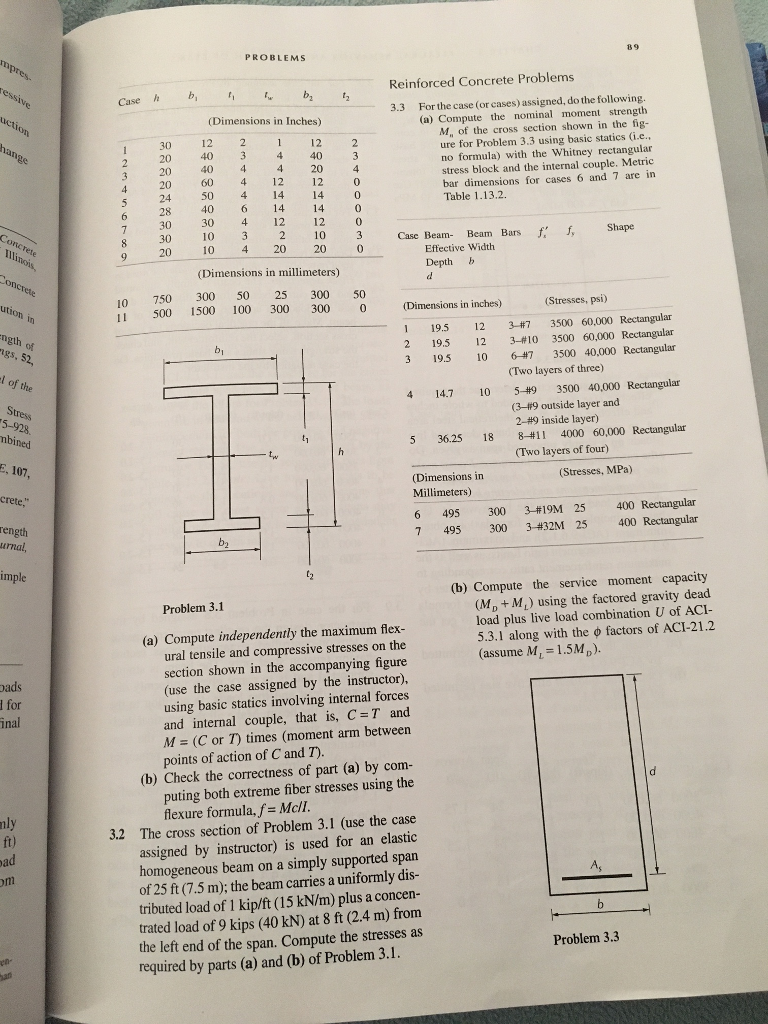

The earliest visible lesion in the development of atherosclerosis is the fatty streak. Epidemiological studies indicate that the prevalence of atherosclerosis is increasing all over the world due to the adoption of Western life-style and is likely to reach epidemic proportions in the coming decades ( 72, 412). In addition, we discuss the potential of circulating cytokine levels as biomarkers of coronary artery disease.Ītherosclerosis is a pathological condition that underlies several important adverse vascular events including coronary artery disease (CAD), stroke, and peripheral arterial disease, responsible for most of the cardiovascular morbidity and mortality in the Western world today. Based on our current knowledge of the role of cytokines in atherosclerosis, we propose some novel therapeutic strategies to combat this disease. Specific emphasis is placed on the contribution of pro- and anti-inflammatory cytokines to pathogenic (innate and adaptive) and regulatory immunity in the context of atherosclerosis. The purpose of this review is to bring together the current information concerning the role of cytokines in the development, progression, and complications of atherosclerosis. Important recent advances in the comprehension of the mechanisms of atherosclerosis provided evidence that the immunoinflammatory response in atherosclerosis is modulated by regulatory pathways, in which the two anti-inflammatory cytokines interleukin-10 and transforming growth factor-β play a critical role. Cells involved in the atherosclerotic process secrete and are activated by soluble factors, known as cytokines. It also acts at the onset of adverse clinical vascular events, when activated cells within the plaque secrete matrix proteases that degrade extracellular matrix proteins and weaken the fibrous cap, leading to rupture and thrombus formation. It is implicated in the formation of early fatty streaks, when the endothelium is activated and expresses chemokines and adhesion molecules leading to monocyte/lymphocyte recruitment and infiltration into the subendothelium. Inflammation is central at all stages of atherosclerosis. Atherosclerosis is a chronic disease of the arterial wall where both innate and adaptive immunoinflammatory mechanisms are involved.


 0 kommentar(er)
0 kommentar(er)
